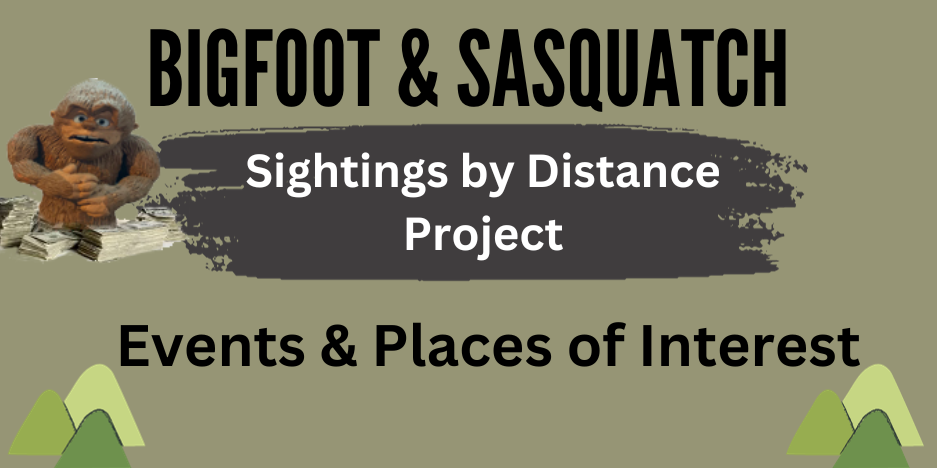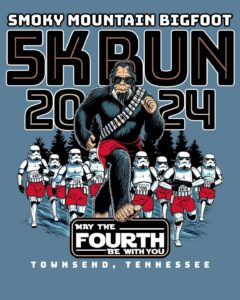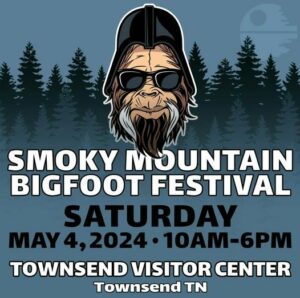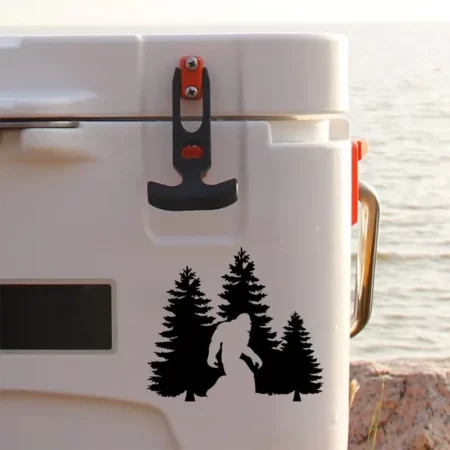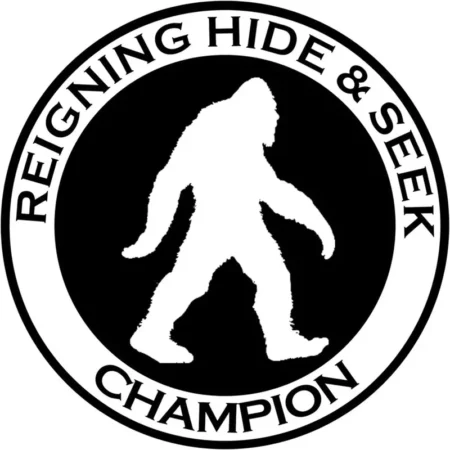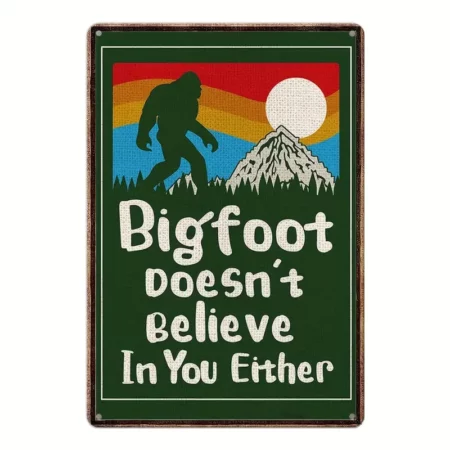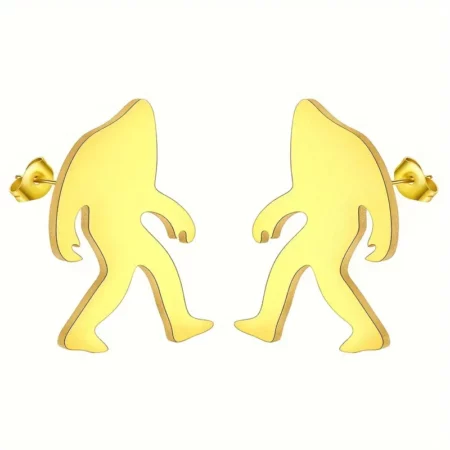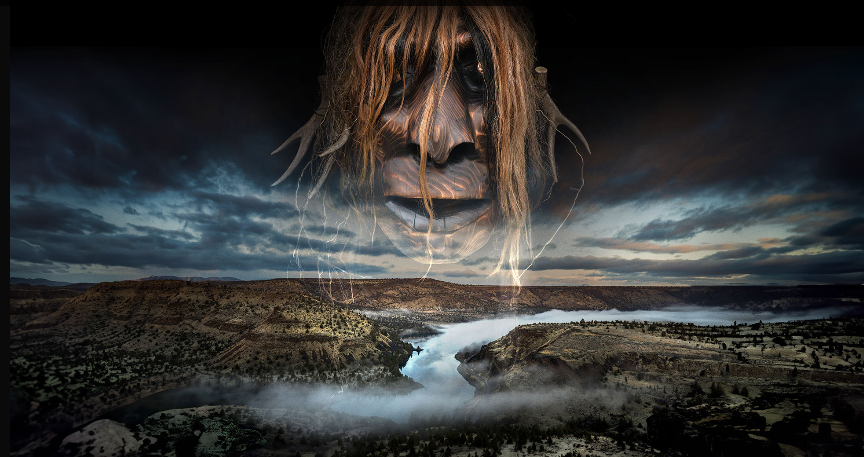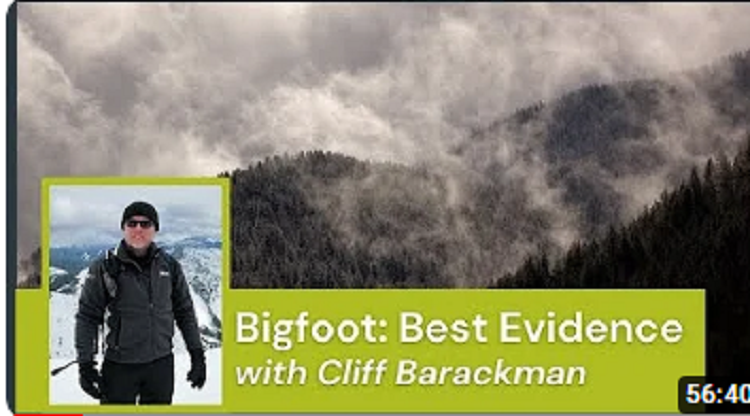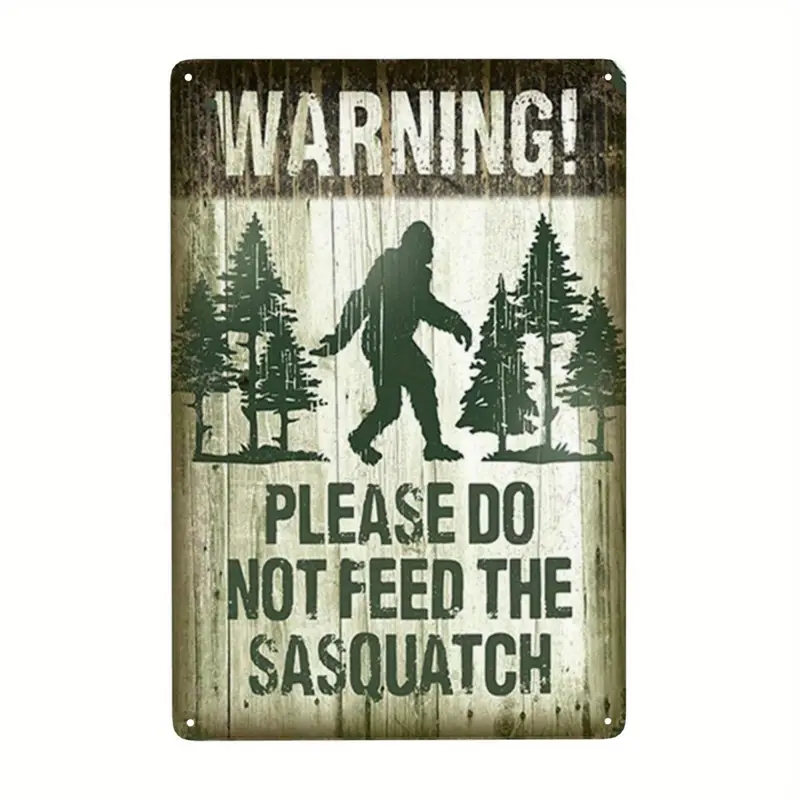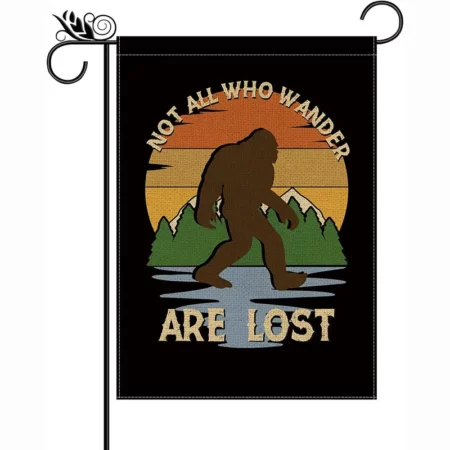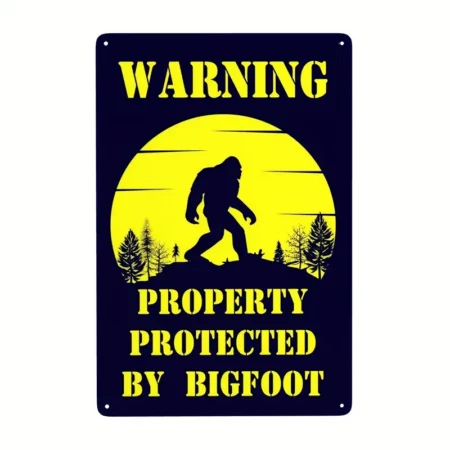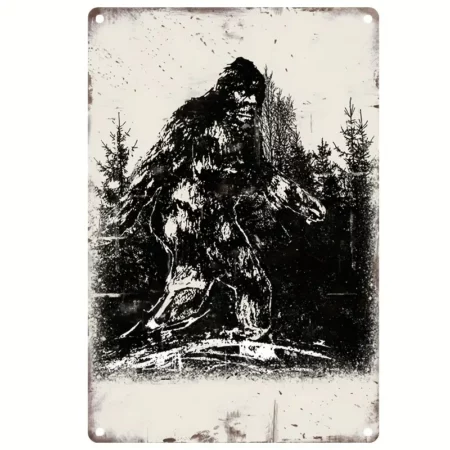What does Sasquatch — also known as Bigfoot — represent to you? The unknown? Adventure? Mystery?
Native peoples of the Plateau have long known about, encountered, depicted and told stories about Sasquatch.
Sensing Sasquatch explores Sasquatch’s past, present and future in the High Desert region through an Indigenous lens. Works by five Indigenous artists will be on view, including: Phillip Cash Cash, Ph.D. (Nez Perce, Cayuse), HollyAnna CougarTracks DeCoteau Littlebull (Yakama, Nez Perce, Cayuse, Cree), Charlene “Tillie” Moody (Warm Springs), Frank Buffalo Hyde (Nez Perce, Onondaga) and Rocky LaRock (Salish).
“Sasquatch has captivated people in the region and, indeed, throughout the world,” says Executive Director Dana Whitelaw, Ph.D. “However, what many people don’t know is that Native Americans have had deeper relationships with Sasquatch throughout time.”
“Rather than the popular, mainstream view of Sasquatch, this exhibition shows Sasquatch as a protective entity for many Indigenous peoples of the High Desert,” says Whitelaw. “The exhibit reflects the reverence that Native peoples have for Sasquatch and will be centered on Indigenous art, voices and storytelling.”
The original word for Sasquatch is “Sasq’ets,” which comes from the Halq’emeylem language of Coast Salish First Nation peoples from southwestern British Columbia. Sasquatch is bipedal and much taller than a human. Sasquatch’s habitat is often associated with the wet rainforests of the coastal Pacific Northwest, but Sasquatch also lives beyond the green, lush climate. In the High Desert region, Sasquatch strides among the dry canyonlands, ponderosa pine forests and shrublands.
Popular depictions of Sasquatch can be found everywhere across America. Sasquatch is emblazoned on everything from t-shirts and road signs to beer cans and traveling mugs. Before entering the exhibition there will be an homage to the pop culture icon that Sasquatch has become, but visitors will be asked to leave these ideas and perceptions behind to consider another side of Sasquatch’s story. Outside the exhibition, a “bring-your-own” sticker interactive encourages visitors to reflect on the popularity and kitsch of mainstream Sasquatch representations. Visitors can place their stickers on the back of a car that’s driving away into the distance — symbolically transporting away their Sasquatch stereotypes and entering into a new realm of experience and insight.
Visitors will be introduced to the Indigenous Plateau of the High Desert and the arid forests and canyonlands where Native peoples have long come into contact with and exchanged stories about Sasquatch. This environment is the opposite of the Pacific Northwest’s rainforest landscape that is more often associated with Sasquatch. Visitors can see representations, stories and artwork about Sasquatch and how they vary between tribes and across regions. A contemporary carved mask by Rocky LaRock (Salish) shows visitors that knowledge of Sasquatch is both ancient and contemporary. A digital language map shows the various names for Sasquatch across the Indigenous Plateau and beyond.
The question of whether or not Sasquatch exists is irrelevant to the exhibit’s theme since in many Indigenous traditions, Sasquatch is a bona fide living, breathing, sentient being. Indeed, for many tribes across North America, Sasquatch is regarded as an elder, a relative and a spiritual guide who appears to deliver important message to humans. So, when Sasquatch suddenly comes into view and interacts with humans, it can be a life-changing experience.
Sasquatch as a conscious being with the agency to communicate with humans is shown in direct opposition to the popular view of Sasquatch as shy and who runs and hides when humans approach. Phillip Cash Cash’s (Nez Perce, Cayuse) commissioned 13 “Bigfoot Rattle,” made of cottonwood, that Sasquatch would use. Cash Cash is an artist, writer, endangered language advocate and linguistic anthropology scholar. As a fluent Nez Perce speaker, he works with communities and professional organizations on projects of cultural advocacy, identity and communication.
Many Indigenous people say that a Sasquatch encounter is a blessing. In turn, many Indigenous peoples have sought to protect Sasquatch’s anonymity and prevent human access to its wilderness habitat. HollyAnna CougarTracks DeCoteau Littlebull’s (Yakama, Nez Perce, Cayuse, Cree) commissioned “Protector” sculpture — depicts Sasquatch as a protective “big sister” — not a predator but one who deserves respect and safeguarding. CougarTracks is an avid hunter and gatherer, grew up on the Yakama Indian Reservation and considers herself “a protector of KwiKwiyai, or Bigfoot. Bigfoot is considered the protector of all living things.” As a contemporary and traditional artist, CougarTracks has many creative pursuits – illustration, animation, saddle making, beadwork, storytelling and writing.
Other art shows visitors that Sasquatch is a being that exists in the past, present and future. Sasquatch has appeared in Indigenous artworks and stories for thousands of years and this continues today. Frank Buffalo Hyde’s (Nez Perce, Onondaga) commissioned large-scale futuristic Sasquatch painting with 3-D relief elements will illustrate the perception of Sasquatch as an interdimensional enigma who lurked in the forest for millennia to a modern being that continues to live among humans in the present. Buffalo Hyde attended the Santa Fe Fine Arts Institute and Institute of American Indians Arts in New Mexico. His artwork, he says on his website, combines modern culture and technology with Indigenous themes and tradition.
Sensing Sasquatch includes a yearlong series of associated public programs at the Museum that will explore and reflect on the past, present and future of Sasquatch as seen through an Indigenous lens.

